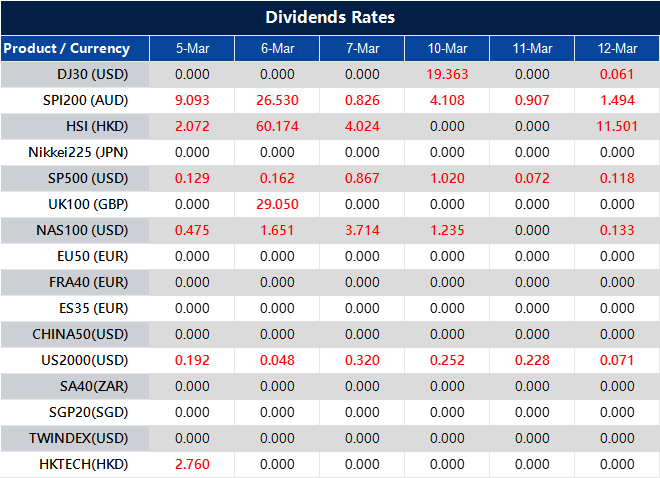Bank of England Governor Andrew Bailey, alongside Monetary Policy Committee members Huw Pill, Alan Taylor, and Megan Greene, will present before the Treasury Select Committee.
They will respond to questions related to the decision to reduce interest rates in February.
Economic Reasoning Behind The Rate Cut
Bailey and his colleagues will outline the economic reasoning behind the rate cut, addressing concerns about inflation, growth, and financial stability. The discussion will shed light on the assessment that led to the change in policy, with particular attention on price pressures and employment trends. Lawmakers may also press them on the expected pace of future adjustments and whether additional reductions could follow later this year.
Market participants will be listening closely for any indication of how committed the Bank remains to a looser stance. If Bailey signals confidence that inflation remains under control, expectations for further cuts could strengthen. Conversely, if he emphasises risks of a resurgence in price pressures, traders may pare back bets on additional easing. Comments from Pill, Taylor, and Greene will matter too, especially given differing views within the committee on how aggressively monetary support should be provided.
Beyond interest rates, the committee could explore the broader impact of policy choices on borrowing conditions and financial markets. If the evidence suggests rate cuts are supporting demand without igniting inflation, it may reinforce expectations that more reductions are on the way. However, any indication that underlying inflationary trends are picking up could challenge that assumption. Bailey’s tone will set the stage for how markets react in the short term.
Market Reactions And Future Expectations
For traders positioning themselves over the coming weeks, careful attention to statements made by Bailey and his colleagues will be essential. A firm stance on controlling inflation might disrupt bets on deeper easing, while a more relaxed approach could fuel confidence that borrowing costs will continue to fall. Watching how markets digest their comments will be just as important as the statements themselves.













